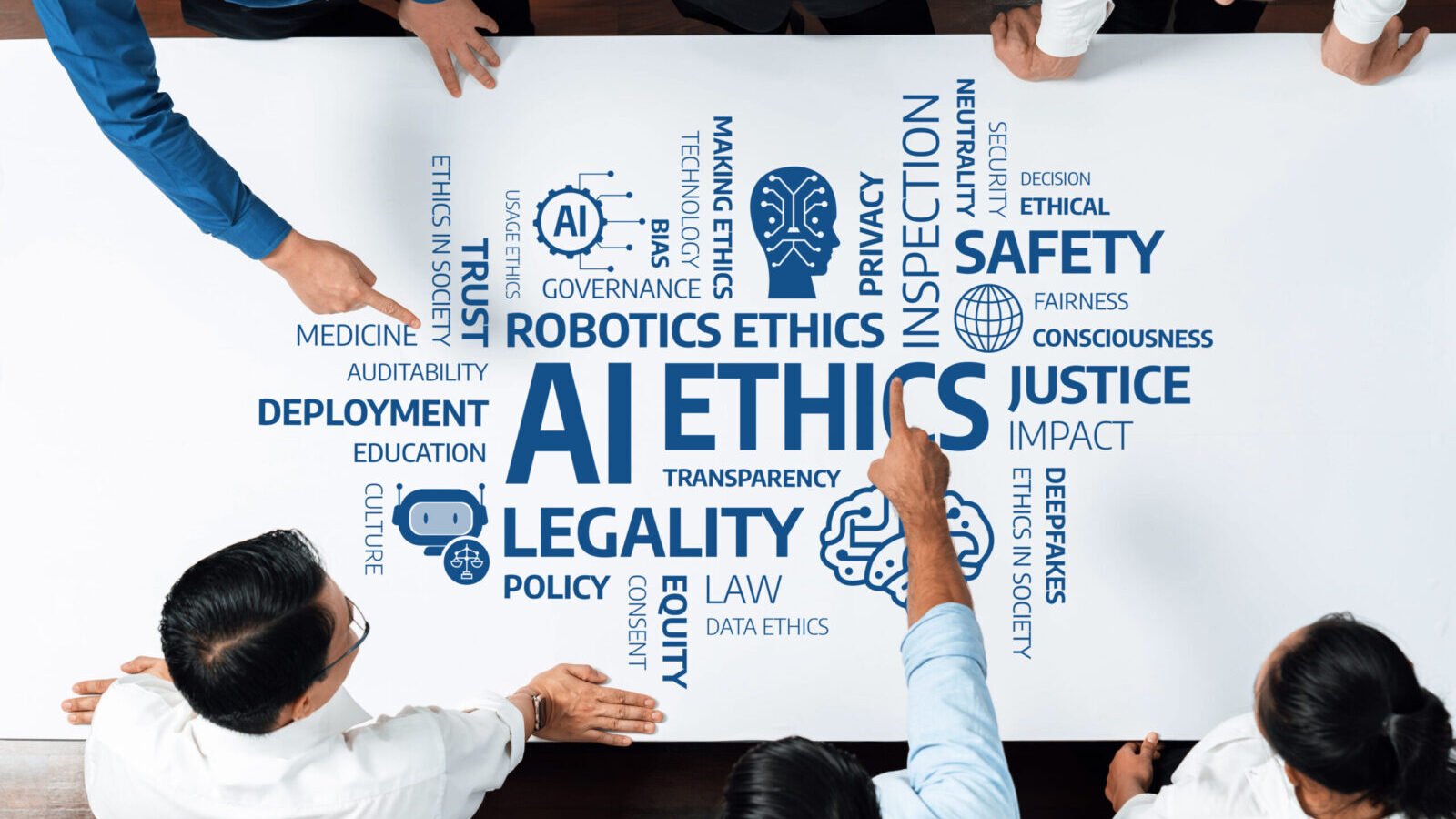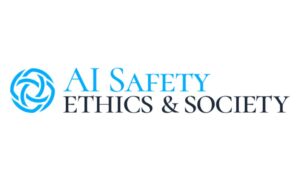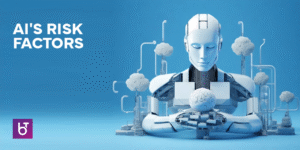AI Safety and Ethics: Navigating the Future of Intelligent Machines
Introduction
Artificial Intelligence (AI) has rapidly transformed from a niche research field into a powerful force shaping economies, governments, and everyday life. From autonomous vehicles to healthcare diagnostics, generative AI to financial risk analysis, AI systems are becoming decision-makers and collaborators in ways that were once unimaginable. While this progress offers unprecedented opportunities, it also raises pressing questions about AI safety and ethics.
Can AI be trusted to make decisions that align with human values? How do we ensure that AI systems remain safe, fair, and accountable? And, most importantly, who should regulate and enforce ethical standards in this fast-moving field?
This article explores these questions in depth, analyzing the challenges, frameworks, and possible futures of AI safety and ethics.
Why AI Safety and Ethics Matter
Unlike traditional technologies, AI systems are not just tools — they are learning, adapting, and, in some cases, making autonomous decisions. This unique nature introduces new risks, such as:
-
Unpredictability: AI systems trained on vast datasets can behave in ways even their creators do not fully understand.
-
Bias and fairness: AI reflects the data it is trained on, which may contain historical biases, leading to discriminatory outcomes.
-
Safety in critical systems: From aviation to medicine, errors in AI-driven decisions can have life-or-death consequences.
-
Autonomy and control: Highly advanced AI agents may act in ways that conflict with human intentions.
Ensuring safe and ethical AI is not just a matter of technological refinement but a societal necessity.
Key Principles of AI Safety
AI safety refers to the set of practices and frameworks that ensure AI systems function reliably, predictably, and beneficially. Several principles are widely recognized:
1. Robustness and Reliability
AI systems must perform consistently across different environments and edge cases. For example, self-driving cars must function safely in bad weather, unexpected traffic, and unusual road conditions.
2. Transparency and Explainability
Black-box AI models make it difficult to understand how decisions are made. Explainable AI (XAI) ensures that users and regulators can understand the reasoning behind outputs.
3. Alignment with Human Values
AI alignment is a cornerstone of safety: ensuring that AI systems act according to human ethical values rather than optimizing purely for narrow objectives (e.g., maximizing profit at the cost of human well-being).
4. Fail-Safe Mechanisms
AI systems must have fallback controls — “kill switches” or override systems — to prevent harm when unexpected behavior occurs.
Ethical Dimensions of AI
AI ethics extends beyond safety into moral and societal considerations. Some key dimensions include:
1. Fairness and Non-Discrimination
AI often amplifies systemic biases. For instance, recruitment AI tools have been shown to discriminate based on gender or race. Ethical AI requires active bias detection and correction.
2. Privacy and Data Protection
AI thrives on data, but personal information must be safeguarded. Ethical AI must comply with privacy regulations like GDPR and ensure consent-driven data use.
3. Accountability and Responsibility
Who is liable if an autonomous drone misfires or an AI-based medical tool makes a wrong diagnosis? Establishing responsibility — whether it lies with developers, operators, or manufacturers — is critical.
4. Human-AI Interaction Ethics
As AI becomes conversational and emotionally responsive, ethical dilemmas arise: Should AI be allowed to simulate empathy? Could this manipulate users, especially children or vulnerable individuals?
5. Global Equity and Access
If advanced AI remains in the hands of a few corporations or wealthy nations, global inequality may deepen. Ethical frameworks should promote accessibility and prevent monopolistic control.
Current Challenges in AI Safety and Ethics
1. The Black Box Problem
Deep learning models, especially large language models, are notoriously difficult to interpret. This lack of transparency makes auditing and ethical evaluation harder.
2. Data Bias and Representation
Training data often mirrors social inequalities. Without careful intervention, AI perpetuates and amplifies these biases.
3. Dual-Use Risks
AI technology can be applied both for beneficial and harmful purposes. For example, generative AI can produce creative content but also be misused for deepfakes or misinformation campaigns.
4. Regulation and Governance Gaps
AI development is moving faster than regulatory frameworks. Different regions have varying standards — the EU’s AI Act focuses on risk categorization, while the U.S. has adopted a more innovation-driven approach.
5. Autonomous Decision-Making
As AI systems gain more autonomy, the risk of unintended consequences grows. Military applications, such as lethal autonomous weapons, highlight the urgency of setting ethical limits.
Case Studies in AI Safety and Ethics
Case Study 1: COMPAS Algorithm in Criminal Justice
The COMPAS system in the U.S. was designed to assess the likelihood of reoffending. Investigations revealed racial bias, as it disproportionately flagged African-American defendants as higher risk. This case underscores the dangers of uncritical reliance on biased datasets.
Case Study 2: Self-Driving Cars and Trolley Problems
Autonomous vehicles face ethical dilemmas in unavoidable crash scenarios. Should an AI prioritize passenger safety over pedestrian lives? These real-world “trolley problem” dilemmas highlight the complexity of embedding ethics into code.
Case Study 3: Chatbots and Mental Health
AI chatbots designed for mental health support raise ethical concerns about over-reliance, misinformation, and the potential manipulation of vulnerable users.
Global Approaches to AI Ethics
Different governments and organizations are developing frameworks for AI governance:
-
European Union: The EU AI Act categorizes AI systems into risk levels, banning those deemed unacceptable.
-
United States: Focuses on innovation and voluntary guidelines but lacks a unified federal regulation.
-
China: Emphasizes state control, with strict regulations around content moderation and alignment with government priorities.
-
UNESCO and OECD: Promote international cooperation on AI ethics, emphasizing transparency, accountability, and human rights.
The Role of Companies in AI Safety
Tech giants like Google, Microsoft, OpenAI, and Anthropic are investing heavily in AI ethics research. Initiatives like AI alignment labs, red teaming, and responsible AI boards are becoming more common. However, critics argue that corporate self-regulation is insufficient and that external oversight is necessary.
The Future of AI Safety and Ethics
1. Towards Value-Aligned AI
Research in AI alignment aims to ensure that advanced AI systems act in accordance with complex human values, even when those values are ambiguous or context-dependent.
2. International Collaboration
AI risks are global, requiring treaties and cross-border cooperation similar to nuclear non-proliferation agreements.
3. Integration of Ethics by Design
Instead of treating ethics as an afterthought, future AI systems must embed ethical considerations into their design, development, and deployment.
4. The Role of AI in Ethics Itself
An intriguing future possibility is AI systems helping humans resolve ethical dilemmas by providing data-driven insights and scenario simulations.
Conclusion
AI safety and ethics are not abstract concerns — they are central to how AI will shape the 21st century. Without careful oversight, AI risks exacerbating inequalities, undermining trust, and causing unintended harm. With the right safeguards, however, AI can amplify human potential, democratize access to knowledge, and help solve global challenges.
The path forward requires collaboration between technologists, ethicists, policymakers, and the public. The ultimate question is not just whether AI can be safe and ethical — but whether humanity will rise to the challenge of making it so.
https://bitsofall.com/legal-challenges-against-ai-companies-copyright-infringement-training-models/
https://bitsofall.com/australias-biggest-bank-decides-not-to-replace-jobs-with-ai/






